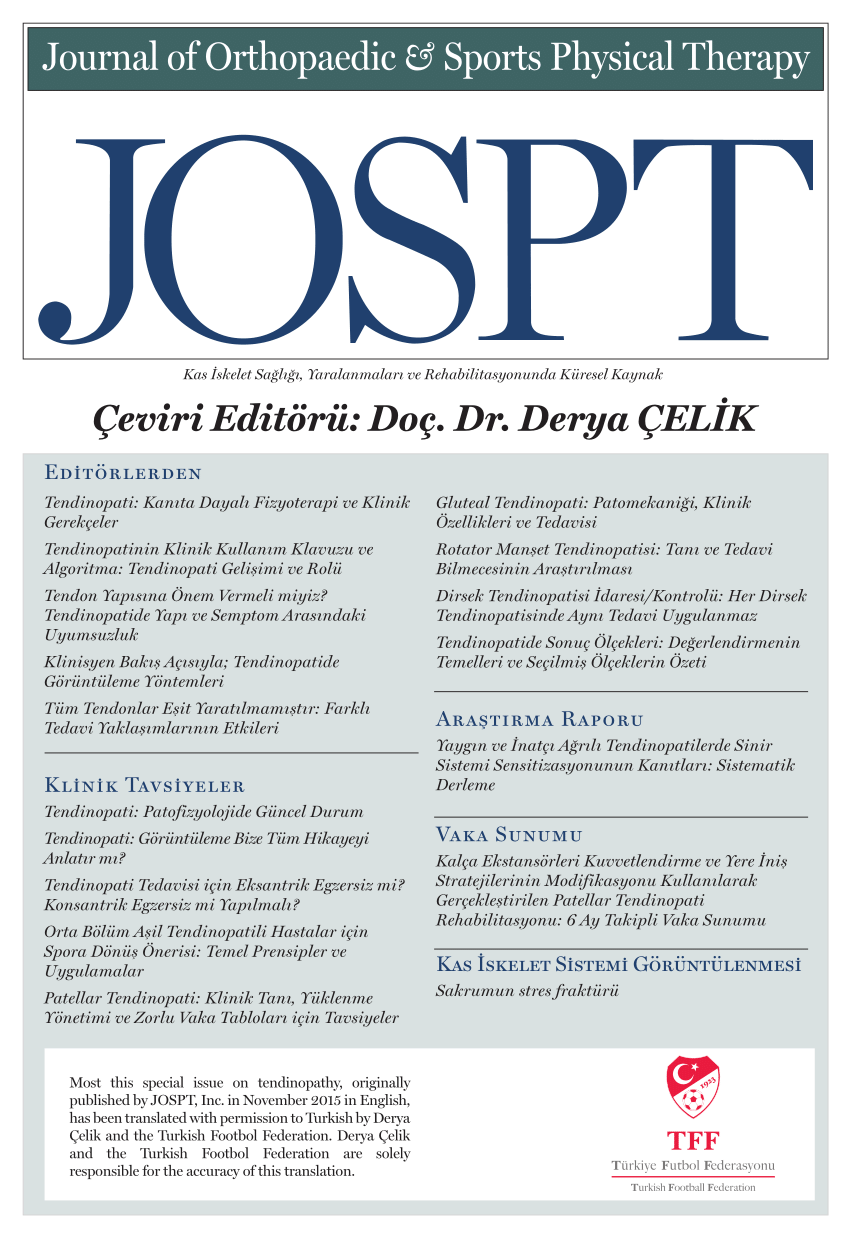
Clinical prediction rule for lumbar stabilization exercise could not be validated for LBP

Clinical prediction rule for lumbar stabilization exercise could not be validated for LBP
A clinical prediction rule to identify patients with low back pain who are likely to experience short-term success following lumbar stabilization exercises: a randomized controlled validation study
J Orthop Sports Phys Ther. 2014 Jan;44(1):6-B13. doi: 10.2519/jospt.2014.4888.Synopsis
105 patients with low back pain (LBP) were randomized to receive treatment with either lumbar stabilization exercises (LSE) or manual therapy (MT). A clinical prediction rule (CPR) predicting successful outcomes based on CPR status following LSE was tested for validity. After 8 weeks, the present study was unable to validate CPR, as the interaction between treatment and CPR status was absent, desp...
To view the full content, login to your account,
or start your 30-day FREE Trial today.
FREE TRIAL
LOGIN
Forgot Password?
Explore some of our unlocked ACE Reports below!

Learn about our AI Driven
High Impact Search Feature
Our AI driven High Impact metric calculates the impact an article will have by considering both the publishing journal and the content of the article itself. Built using the latest advances in natural language processing, OE High Impact predicts an article’s future number of citations better than impact factor alone.
Continue



 LOGIN
LOGIN

Join the Conversation
Please Login or Join to leave comments.